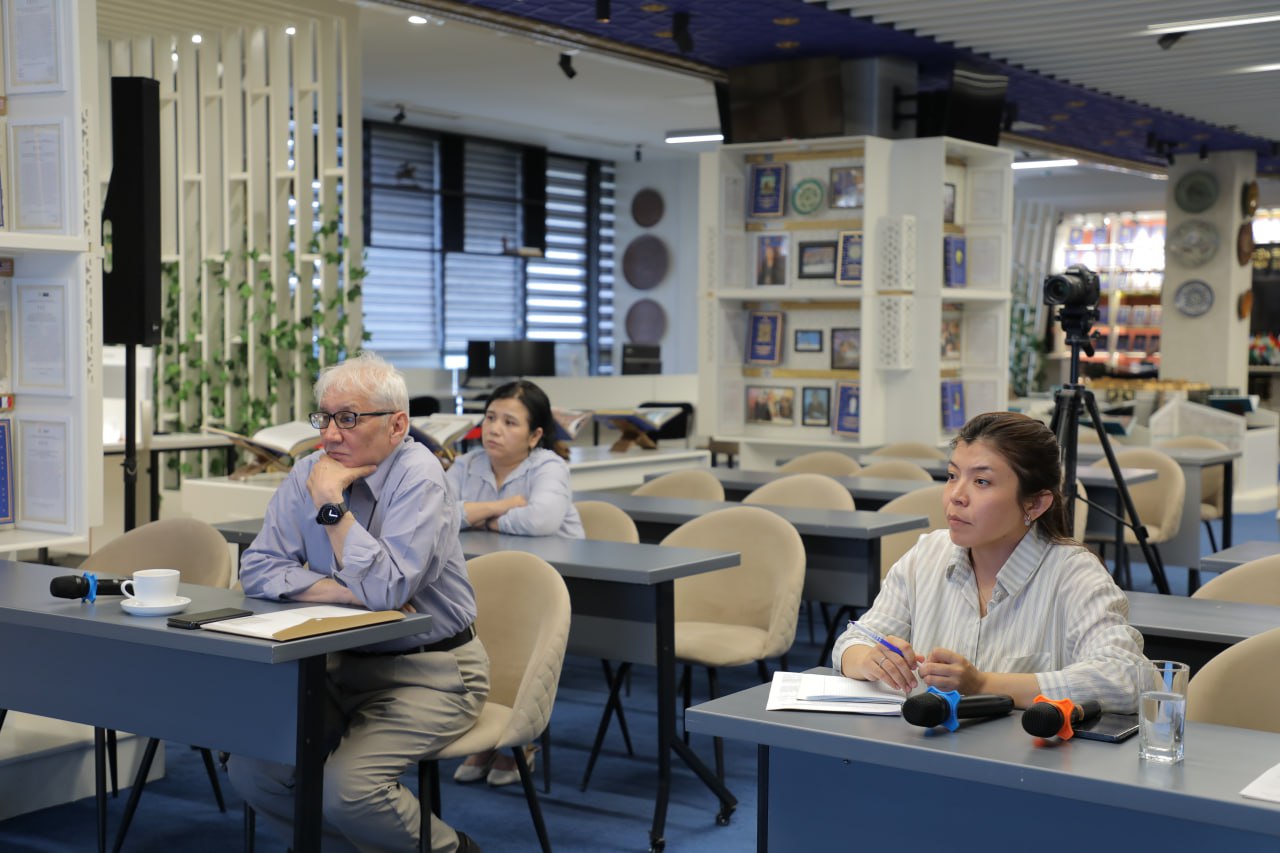Architectural Traditions of the Bukhara Khanate in the 16th Century: Historical Outcomes and Their Significance in the Exhibition

In the 16th century, the Bukhara Khanate, which became one of the most important historical, political, and cultural centers of Central Asia, experienced active development in urban planning and architecture. The architectural monuments erected during the reign of the Shaybanid dynasty, especially those closely associated with trade, crafts, and public life, held significant importance at the time and continue to have cultural and touristic value today. One such unique object is the "togi" — covered roadway structures that played a role as economic centers. Architecturally, togi are vaulted passageways under which shops, workshops, and trade points were located. They were built at road intersections and near markets, in places of high population and guest traffic. These architectural ensembles, partially or fully enclosed, served as spaces for artisans and traders specializing in various fields.
Togis and "timiry" (covered markets) were not only economic centers but also social hubs. Trade took place here, as well as active communication, information exchange, and cultural interaction. Each togi had a unique architectural style, adorned with hand-crafted bricks, domes, and colorful ornaments that preserved the aesthetics of that era to this day.

During a recent online meeting, the enrichment of the exhibition "Era of Uzbek Khanates" was discussed. Specifically, ideas were proposed for creating models of togis and timiry, showcasing them in museum exhibitions, and visually presenting the daily life of that time.
Visitors to the exhibition will be able to use these models to not only gain historical information but also immerse themselves in the atmosphere of a 16th-century Bukhara marketplace. Each model will demonstrate the functionality, social significance, and architectural features of togis, and through interactive elements, will also serve an educational function.
In conclusion, it should be noted that these architectural forms represent not only historical heritage but also valuable resources for tourism, education, and culture. Work on their recreation and scientific interpretation continues with the goal of attracting youth interest in national history and presenting it to an international audience.
Most read

Over 100 experts from more than 20 countries of the world are in Tashkent!

President of Serbia Aleksandar Vučić visited the Islamic Civilization Center in Uzbekistan

The Center for Islamic Civilization – a global platform leading towards enlightenment











